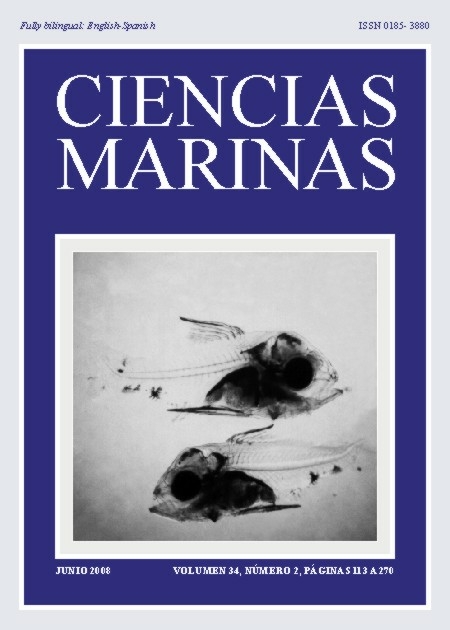Genetic connectivity of Stegastes partitus in the South Caribbean evidenced by microsatellite analysis
Main Article Content
Abstract
Bicolor damselfish Stegastes partitus (Poey 1986) has been used as a model for studies of the population structure of reef species as an aid for the designing and monitoring of marine protected areas. Studies using allozymes have shown gene flow between populations, but it has been suggested that the lack of structuring could be a consequence of the insensitivity of these markers. We used 11 polymorphic microsatellite loci to evaluate the genetic connectivity of 299 bicolor damselfish from four representative areas of the Colombian coast in the South Caribbean (Santa Marta, Rosario Islands, Capurganá, and San Andrés Island). Genotyping was made using detection by fluorescence of multiple alleles. Genetic differentiation among geographic populations and different oceanographic scenarios was analyzed using the statistic ΦST and analysis of molecular variance. The correlation between genetic and geographic distance was explored using the Mantel test. All loci were polymorphic, and showed a high number of alleles per locus and heterozygosity deficit with a consequent departure from Hardy-Weinberg equilibrium. We found evidence of gene flow between the geographic and oceanographic populations examined and a lack of correlation between the genetic and geographic distances. The information obtained can be used by the agencies responsible for the design and conservation of marine protected areas and as reference in the monitoring of the genetic diversity and structure of the population under study.
Downloads
Article Details
This is an open access article distributed under a Creative Commons Attribution 4.0 License, which allows you to share and adapt the work, as long as you give appropriate credit to the original author(s) and the source, provide a link to the Creative Commons license, and indicate if changes were made. Figures, tables and other elements in the article are included in the article’s CC BY 4.0 license, unless otherwise indicated. The journal title is protected by copyrights and not subject to this license. Full license deed can be viewed here.

